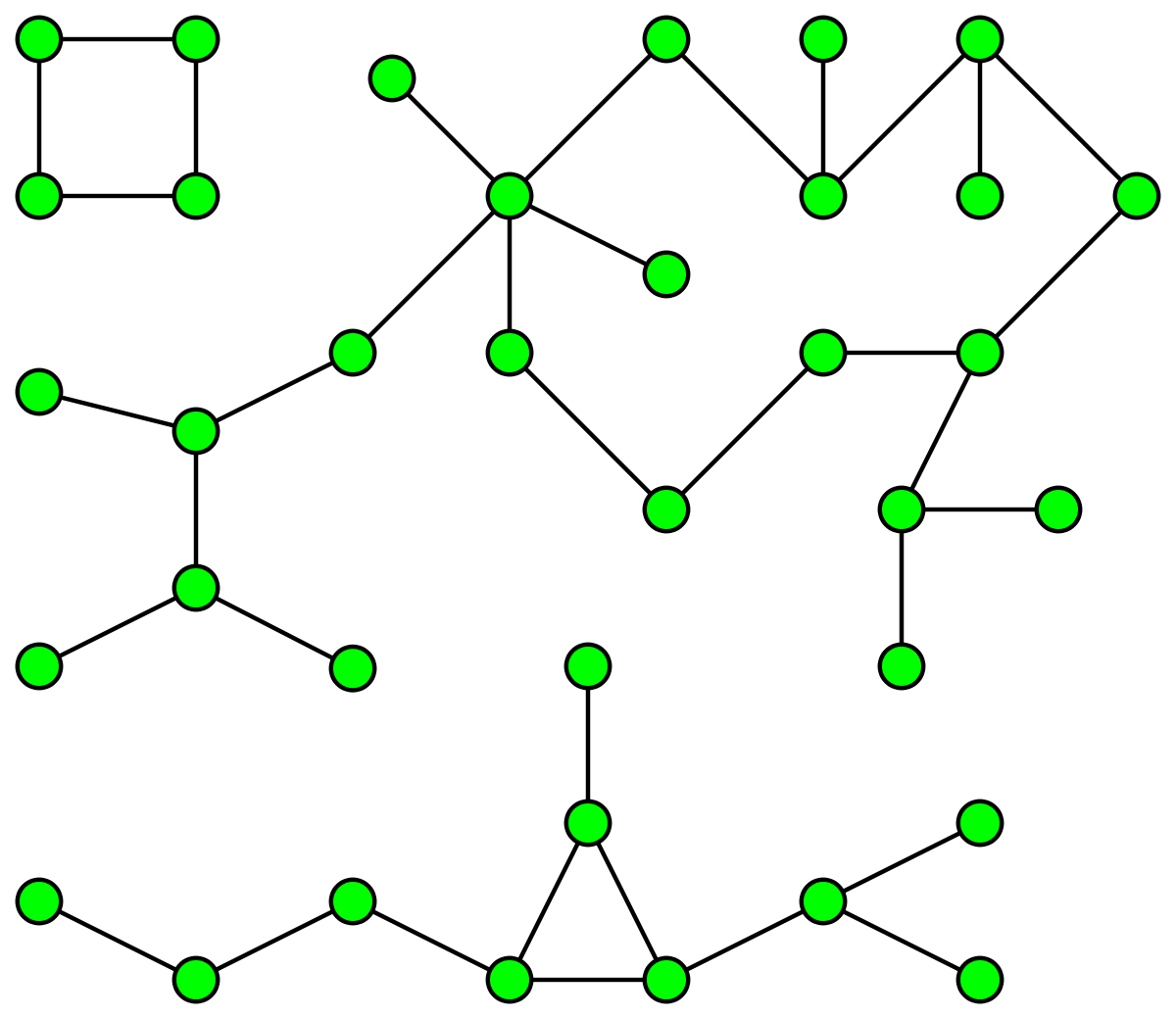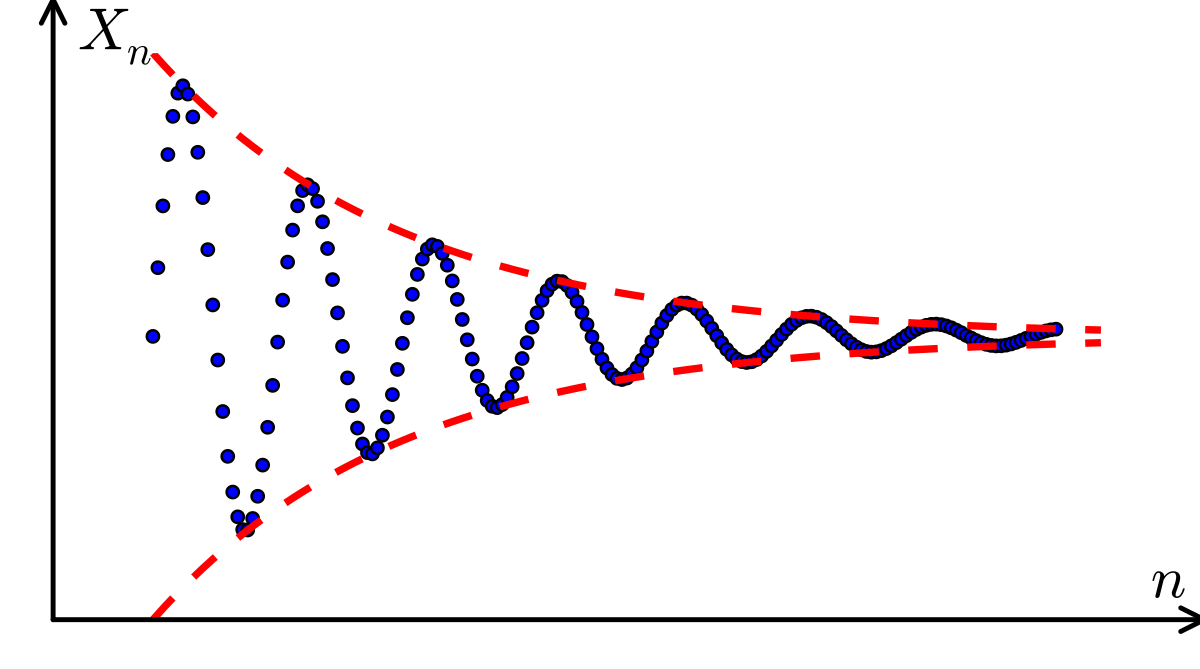Complete Metric Space

The resulting space will be denoted by xand will be called the completion of xwith respect to d.
Complete metric space. Hence we will have to make some adjustments to this initial construction which we shall undertake in the following sections. A closed subset a of a complete metric x d space is itself a complete metric space with the distance which is the restriction of d to a. Let x d be a metric space. Let ε 0 be.
A metric space is called complete if each cauchy sequence in it converges. Assume that x n is a sequence which converges to x. The expansion constant of x d is 2. The goal of these notes is to construct a complete metric space which contains x as a subspace and which is the smallest space with respect to these two properties.
Any convergent sequence in a metric space is a cauchy sequence. A complete metric space is a metric space in which every cauchy sequence is convergent. The completion of a metric space let x d be a metric space. Every cauchy sequence of points in x has a limit that is also in x every cauchy sequence in x converges in x that is to some point of x.
In the same sense one understands the completeness of a pseudo metric space and a space with a symmetry. Given two metric spaces m1 d1 and m2 d2. They are called homeomorphic topologically isomorphic if there exists a homeomorphism between them i e a bijection. A metric space x d is complete if any of the following equivalent conditions are satisfied.
They are called uniformic uniformly isomorphic if there exists a uniform isomorphism between them i e a bijection. The hope with this initial construction is that c e d is a complete metric space but as will be seen in part v of exercise 1 2 dfails to even be a metric. A subset of a complete metric space is itself a complete metric space if and only if it is closed. A sequence x n in x is called a cauchy sequence if for any ε 0 there is an n ε n such that d x m x n ε for any m n ε n n ε.
















